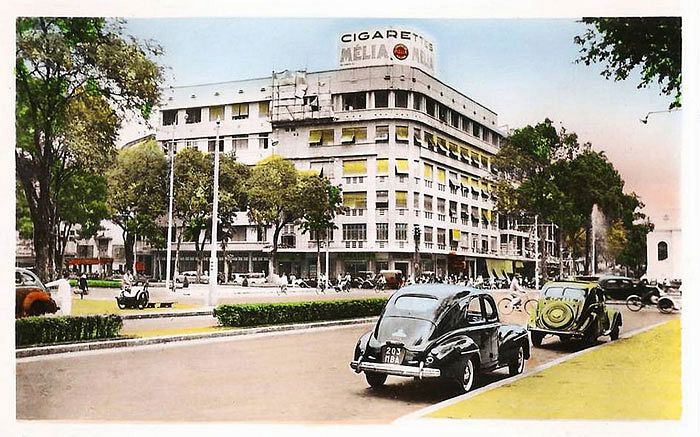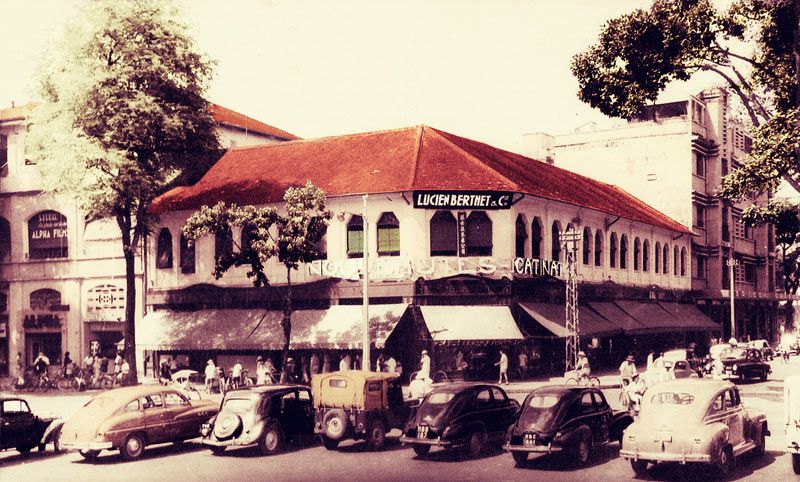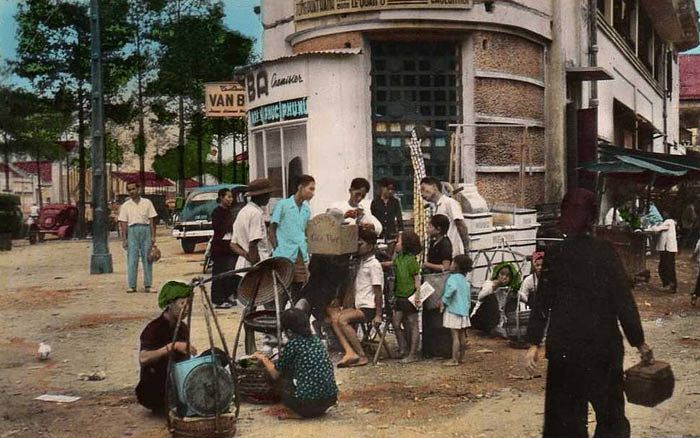Chi Hoa Prison, located in the northern half of District 10, is one of Vietnam's most famous high-security facilities. Though it was built over a half-century ago, the seven-hectare prison remains in use to this day.
According to VnExpress, Chi Hoa's construction began in 1943 under the Japanese occupation and, as a result, the facility still bears signs of eastern architecture. Eventually, as world events shifted power in Vietnam back to the French, Chi Hoa's construction continued under new management.
The new prison was intended to replace Saigon's former Maison Centrale on the corner of present-day Ly Tu Trong and Nam Ky Khoi Nghia. Over the next decade, Chi Hoa came together piece by piece as the French shipped building materials – cement, iron and steel – over from Europe.
The prison eventually opened in 1953, prompting the demolition of the former prison and the release of many of its inmates. Some 1,600 unlucky prisoners, however, were moved to Chi Hoa while they awaited execution.
Once complete, Chi Hoa Prison consisted of eight cell blocks in an octagonal shape, each built around a single, 20-meter-high watchtower at the center of its interior courtyard. The prison's sole entrance and exit, known as “Death's Door”, led into a maze of tunnels meant to disorient incoming and outgoing prisoners, making it more difficult to escape for those who were unfamiliar with the layout.
Following the demise of French colonialism, Chi Hoa Prison was handed over to the Republic of Vietnam, which used the facility to house common criminals. Its tight-knit cell blocks and intricate entry-exit route made Chi Hoa particularly difficult to escape, however inmates were still successful on four occasions in the prison's 62-year history: once during the time of Japanese occupation, once in 1972, when gang leader Dien Khac Kim broke free, and once in 1995, when notorious prisoner Eight-Finger Phuoc managed to elude Chi Hoa prison guards and make it to the outside.

The most recent escape from Chi Hoa took place in February, according to Tuoi Tre, when a Taiwanese inmate on trial for fraud hoodwinked the police trainee charged with guarding him and took off. It was the first jailbreak at Chi Hoa in 20 years.
As time went on, rumors also began to surround the prison. Feng shui practitioners, for instance, believe the sky-high watchtower at the center of the complex protects the rest of Chi Hoa. If any harm comes to the structure, the rest of the prison will descend into chaos.
Others believe that many have died within the prison, and so Chi Hoa's interior courtyard is especially crowded with spirits. The octagonal layout doesn't permit these souls to leave and, as a result, lightning often strikes the prison in hopes of creating an opening for the dead who cannot escape.
Under the Republic of Vietnam, prison officials consulted a feng shui expert on the issue, who instructed them to flatten the rooftop of one of the cell blocks so that souls could get out of the prison. Scientists also suspect there may be a mine beneath the grounds of Chi Hoa, which attracts the unusually frequent lightning.

[Photo via Flickr user manhhai]














